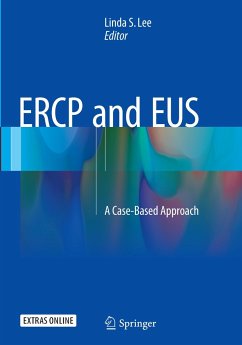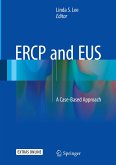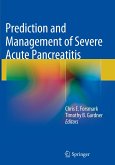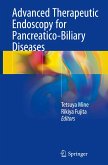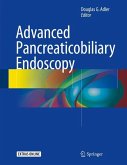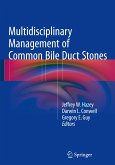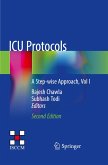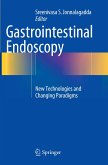This text provides a comprehensive review of ERCP and EUS and the clinical conditions for which they are employed. Presented in a case-based format with accompanying videos, it will serve as a valuable practical clinical resource for gastroenterologists with an interest in ERCP and EUS. The text highlights major techniques involved in ERCP, reviews complications and recent data on preventing post-ERCP pancreatitis, and discusses important issues in training in ERCP including use of endoscopic simulators and assessment of competency as emphasized in the new ACGME guidelines. For biliary diseases, new techniques for managing biliary stones, novel technologies for diagnosing indeterminate biliary strictures, and new devices for treating benign and malignant strictures are also highlighted. For pancreatic diseases, advances in minimally invasive endoscopic techniques for pancreatic stones and strictures, and management of the complications of pancreatitis are reviewed. Furthermore, ERCP isnot limited by age, pregnancy or history of abdominal surgeries and special considerations particular to these patient populations are also discussed.
The EUS chapters review the breadth of equipment available for performing EUS and EUS-FNA, detail the technique of performing EUS-FNA, and explore pertinent issues with training and assessing competency analogous to ERCP training. Valuable insights on the basics of cytopathology relevant to the endosonographer are summarized. The classic indication for EUS of staging luminal cancers is examined in detail while pancreaticobiliary indications are discussed highlighting newer adjunctive technologies including elastography and contrast-enhanced EUS. Although in its infancy, the brave new world of therapeutic EUS is explored with a focus on endoscopic necrosectomy, EUS-guided biliary and pancreatic access as well as the exciting possibilities of EUS-guided radiofrequency ablation and injection of anti-tumor agents.
ERCP and EUS:A Case Based Approach will serve as a very useful resource for physicians who perform or refer patients for ERCP and EUS. It provides a concise yet comprehensive summary of the current status of ERCP and EUS that will help guide patient management and stimulate clinical research.
The EUS chapters review the breadth of equipment available for performing EUS and EUS-FNA, detail the technique of performing EUS-FNA, and explore pertinent issues with training and assessing competency analogous to ERCP training. Valuable insights on the basics of cytopathology relevant to the endosonographer are summarized. The classic indication for EUS of staging luminal cancers is examined in detail while pancreaticobiliary indications are discussed highlighting newer adjunctive technologies including elastography and contrast-enhanced EUS. Although in its infancy, the brave new world of therapeutic EUS is explored with a focus on endoscopic necrosectomy, EUS-guided biliary and pancreatic access as well as the exciting possibilities of EUS-guided radiofrequency ablation and injection of anti-tumor agents.
ERCP and EUS:A Case Based Approach will serve as a very useful resource for physicians who perform or refer patients for ERCP and EUS. It provides a concise yet comprehensive summary of the current status of ERCP and EUS that will help guide patient management and stimulate clinical research.
"The purpose is to provide practical, case-based evaluations of different ERCP and EUS scenarios. ... The usefulness of this book is based on the case reviews of different ERCP and EUS scenarios. This book would be of value to anyone training specifically in ERCP and EUS, as well as to those who find themselves with complicated cases and in need of further ideas and techniques to accomplish treatment goals." (Matthew M. Lute, Doody's Book Reviews, May, 2016)

